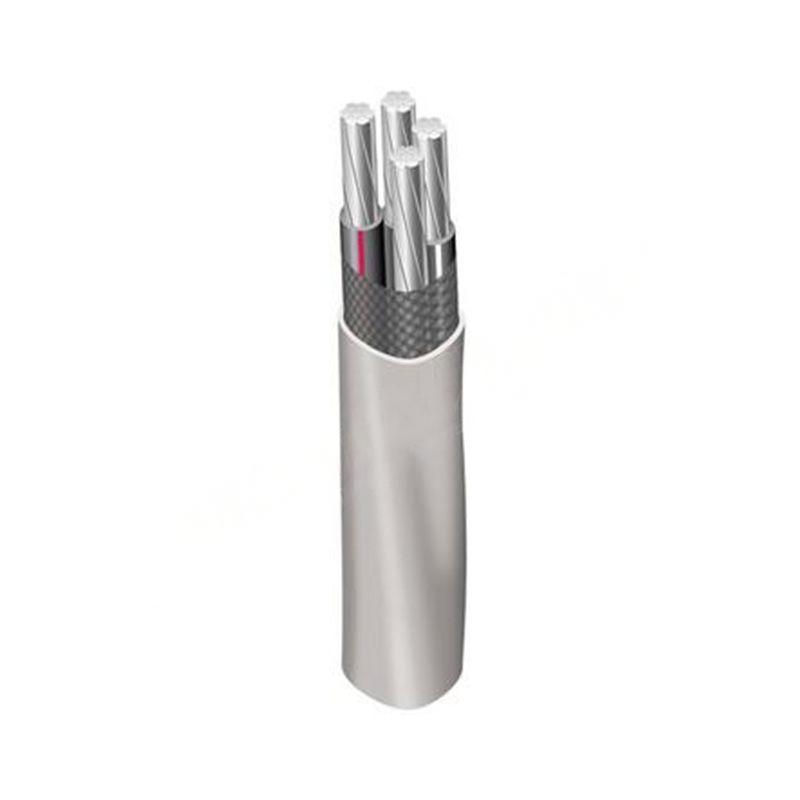11 月 . 02, 2024 11:36 Back to list
stainless steel butterfly valve
Stainless Steel Butterfly Valves An Overview
Stainless steel butterfly valves are crucial components in various industrial applications, known for their reliability, efficiency, and versatility. This type of valve, characterized by a rotating disc that controls the flow of fluid through a pipe, is widely used in industries such as water treatment, food processing, pharmaceuticals, and chemical manufacturing.
One of the primary advantages of stainless steel butterfly valves is their durability. Stainless steel, renowned for its resistance to corrosion and high temperatures, ensures that these valves can withstand harsh environments and abrasive fluids. This property significantly extends the service life of the valve, reducing maintenance needs and downtime in operations. Additionally, stainless steel valves are less likely to rust compared to their carbon steel counterparts, making them ideal for applications where hygiene is paramount, such as in the food and beverage industry.
Another notable feature of stainless steel butterfly valves is their compact design. Due to their slim profile, these valves can be installed in tight spaces where traditional valve types might not fit. This compactness also allows for a more efficient piping layout, reducing the overall material and labor costs in installations. Furthermore, the lightweight nature of stainless steel butterfly valves makes them easier to handle and install, further enhancing their cost-effectiveness in various setups.
stainless steel butterfly valve

Stainless steel butterfly valves also offer excellent flow characteristics. The disc design allows for a minimal obstruction in the flow path when the valve is fully open, resulting in reduced pressure drop and energy savings. This attribute is particularly beneficial in systems where maintaining flow efficiency is critical. Moreover, the quick opening and closing capabilities of butterfly valves make them suitable for on-off operations, contributing to better process control.
In addition to their operational advantages, stainless steel butterfly valves can be equipped with various actuators (such as electric, pneumatic, or manual) that enhance their functionality. This adaptability allows operators to tailor the valve system to their specific needs, whether for manual control in small applications or automated systems in larger facilities.
The versatility of stainless steel butterfly valves is further complemented by various standard configurations, including wafer, lug, and flanged styles, allowing them to fit into different piping systems seamlessly. They are also available in various sizes and pressure ratings, catering to a wide range of applications.
In conclusion, stainless steel butterfly valves are an invaluable asset in modern industrial applications. Their durability, compactness, excellent flow characteristics, and versatility make them a preferred choice for engineers and operators worldwide. As industries continue to evolve, these valves will undoubtedly play a pivotal role in ensuring efficient and reliable fluid control in diverse settings.
Share
-
Understanding the Differences Between Wafer Type Butterfly Valve and Lugged Butterfly ValveNewsOct.25,2024
-
The Efficiency of Wafer Type Butterfly Valve and Lugged Butterfly ValveNewsOct.25,2024
-
The Ultimate Guide to Industrial Swing Check Valve: Performance, Installation, and MaintenanceNewsOct.25,2024
-
Superior Performance with Industrial Swing Check Valve: The Essential Valve for Any SystemNewsOct.25,2024
-
Industrial Swing Check Valve: The Ideal Solution for Flow ControlNewsOct.25,2024
-
You Need to Know About Industrial Swing Check Valve: Functionality, Scope, and PerformanceNewsOct.25,2024